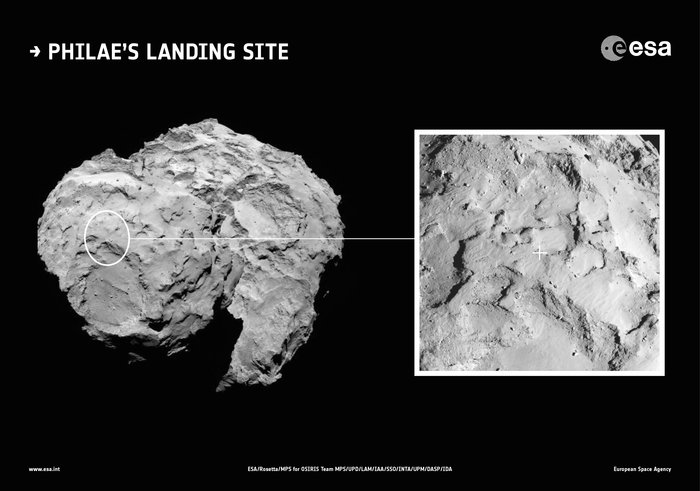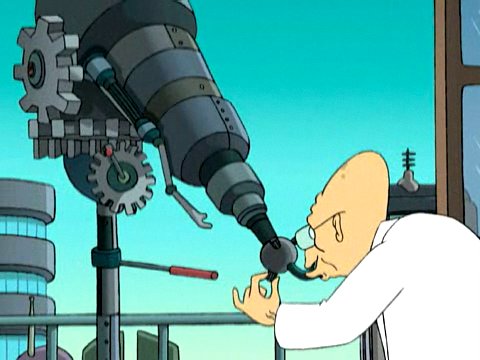
Rosetta’s lander 100kg Philae will target Site J, an intriguing region on Comet 67P/Churyumov–Gerasimenko that offers unique scientific potential, with hints of activity nearby, and minimum risk to the lander compared to the other candidate sites.
Site J is on the ‘head’ of the comet, an irregular shaped world that is just over 4 km across at its widest point. The decision to select Site J as the primary site was unanimous.
...
The gravity of the comet is 60,000 times less than the gravity of Earth, and scientists expect it will take the lander seven hours to free-fall from its mother ship, Rosetta, to the comet. Then there is a delay of 28 minutes for a signal from Rosetta to reach our planet.
...
O'Rourke (operations coordinator) says there's lots of risks and puts their chances of success at about 70%. "You have to face reality," he said. This was the best of the five possible landing sites -- we've got what the comet has given us. It's the best of the worst. There's craters, crevices, boulders, gravelly areas. It [Philae] could tip over. The comet is a very strange structure and there's a lot of luck involved," he said.
The comet's gravity is so weak that there's also a danger that Philae could bounce off so it has been designed to grip on like a limpet. O'Rourke explained that at touchdown, harpoons from two of the three feet fire into the surface and the attached cords rewind to help anchor the craft. A thruster on top of the probe fires to push down the probe, and screws on each foot bore into the surface -- all within 15 seconds of landing.
CNN Article with more pictures
--Andy



























































































